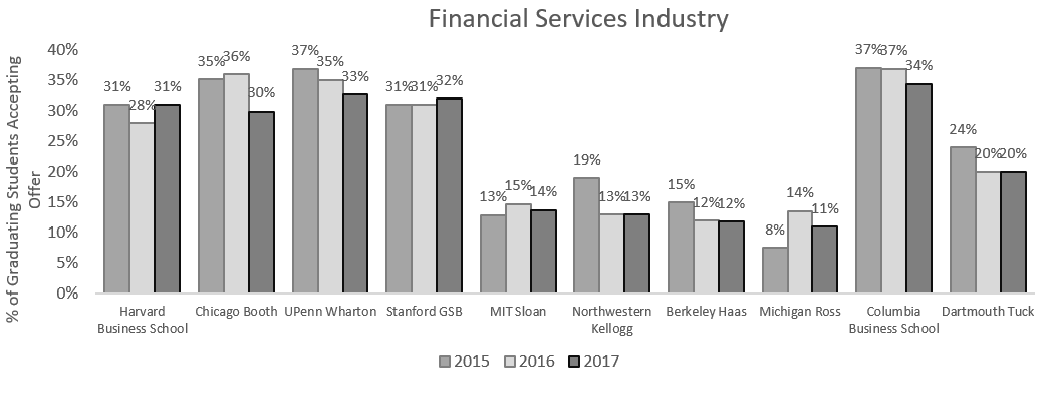Throughout the MBA admissions process, schools’ admissions committees are looking to get to know applicants as fully as possible so they can put together a diverse but cohesive group of students. Thus, many schools will require you to respond to “out of the box” essay prompts designed to explore your creativity, communication skills, and values. We examine some such prompts below, as well as some strategies you could consider when responding to them.
Booth Moments Presentation/Essay
University of Chicago Booth
Exercise: Booth asks applicants to choose a photograph or “moment” from a small collection that resonates with them, then explain why in an essay or slideshow.
Strategy: While this essay is an invitation for you to showcase your personality and interests to the admissions committee, it is also the only essay requested, which means you must convey a lot of information. We recommend that you organize your essay content prior to selecting a photograph. You’ll want to consider your past experiences and future goals, how the Booth MBA will help you to achieve your goals, and what you will offer the Booth community. Then, look through the photographs and determine the one that will allow you to transition smoothly from the “moment” to the rest of your content. While you do not want the photograph to seem like an afterthought, you do want to make sure that it serves as a means to an end.
Tactics: As a rule of thumb, your essay should be approximately 750 to 1,000 words in length. We recommend the slideshow option only for applicants who are exceptionally well versed in creating this type of visual.
From the Admissions Committee: https://www.chicagobooth.edu/blog/ftadmissions/2017/201718-essay
Video Questions
Kellogg School of Management and Yale School of Management
Exercise: Kellogg and Yale ask applicants to respond to several short video essay questions, in order to exhibit their personality, grasp of the English language, and what they could bring to the MBA community.
Rationale: Kellogg states that the video essay questions are “designed to bring to life the person we have learned about on paper.” Student culture is a key focus in Kellogg’s admissions efforts, and they want to get to know applicants as fully as possible to ensure they construct a close-knit and collaborative class. Similarly, Yale is looking to gauge your communication skills and your ability to think on your feet. This is an opportunity to demonstrate your values, interests, creative thinking ability, and goals rather than worrying too much about the “correct” or expected response.
Your Strategy: While the video essay may feel uncomfortable at first, it is an excellent opportunity for the admissions committee to get to know you better. Prior to participating in the video essay, review your submitted application and think through your personal goals and interests and how those align with the MBA program. While you do not want to look scripted in your responses, you do want to be prepared, which will help you to relax and show your personality and communication skills.
Tactics: Both Kellogg and Yale provide practice questions that will help you to get comfortable with the format and technology, and we recommend taking advantage of this. You can also practice with a friend using Skype to get a feel for the interview format.
From the Admissions Committees:
http://som.yale.edu/apptips-video-questions
http://www.chicagobusiness.com/article/20140823/ISSUE02/308239995/how-to-ace-the-new-trend-in-mba-admissions-online-video-essays
Video Statement
MIT Sloan
Exercise: Sloan requests applicants to provide a 60 second video statement introducing themselves to their future classmates. It is important to note that the video will only be used during the admissions process and will not be shown more widely.
Strategy: Familiarize yourself with the Sloan values and culture and then take time to clearly link your own values, passions and goals with those of the greater Sloan community. The Admissions Committee should gain a clear understanding of why you want to attend the school and what you will bring to your class.
Tactics: Create an outline of ideas that you want to express in your video and practice saying the content aloud. While we do not recommend memorizing a script, as you will want to sound natural in the video, we do want you to feel confident with your talking points prior to making the recording. Finally, take advantage of the fact that you can record the video as many times as you want.
From the Admissions Committee: https://mitsloanadmissions.com/2017/09/06/advice-for-mba-applicants-how-to-master-the-video-statement/
25 Facts
Duke Fuqua
Exercise: Fuqua asks applicants to create a list of 25 (numbered) facts about themselves, not to exceed two pages.
Rationale: Duke believes that their program is served by putting together a diverse community from each applicant class and that “different types of people, points of view, and experiences bring out the best in everyone”. To get to know you better, beyond your professional and academic background, they are looking for 25 facts that will provide them insight into your likes/dislikes, passions, and hobbies.
Strategy: You will want to use this space to differentiate yourself from other applicants and to provide the admissions committee insight into how you can bring a unique perspective, skill set, or passion to the incoming class. Spend some time thinking through potential facts and talk to your friends, family, and others to brainstorm ideas. While your facts may involve inspirational figures in your life, be sure to keep the focus on yourself. And, while it is perfectly acceptable to use facts spanning your entire life, it is important to note that most should be inspired by experiences you’ve had as an adult (18+).
Tactics: While this is an atypical essay type, remain conscientious about your use of grammar in the facts. They may take on a more conversational writing style, but each one should be technically correct.
From the Admissions Committee: https://blogs.fuqua.duke.edu/duke-mba/2012/07/19/megan-lynam-overbay/application-essays-change-to-gain-greater-insights?category=admissions#.WjKlE7pFyuU
Pick Six
NYU Stern
Exercise: Stern asks applicants to describe themselves to the admissions committee and future classmates using six images, a brief introduction, and image captions.
Rationale: This format is reflective of current social media trends, and is becoming a more common form of expression for individuals and brands; the admissions committee is looking for your competency in putting together such a deliverable.
Strategy: Think of your response to this prompt as you would an advertising campaign or curated art exhibition. Individual pieces should be able to stand on their own, but they must also meaningfully connect and contribute to a larger story. Prior to looking through images, consider first what you could convey overall. Keep in mind the themes of the business school application: innovation, leadership, and teamwork. But also explore other possibilities: a unique passion, a personal mantra, your life’s unique path to this point, future aspirations, and/or how you will contribute to the Stern Community. Additionally, consider a cohesive theme that could bind your images together. To choose your theme, consider your interests and passions, and how you could incorporate them into your image selections. If you are an artist, you may want to select images of your own work, while a movie buff may choose to incorporate screenshots of famous scenes, to represent their strengths and future goals. If you’re an analytical type, don’t let this exercise overwhelm you. Your images don’t have to be pictures, but can also be graphs, maps, or word clouds. Try to find a mix that feels true to you, while ensuring that each image gives the admissions committee insight into your personality.
Tactics: Do not let the captions become an afterthought. While it is easy to get attached to an image, remember that the words and images must work together to tell your story.
From the Admissions Committee: https://poetsandquants.com/2017/06/12/nyu-stern-unveils-big-changes-mba-app/2/







